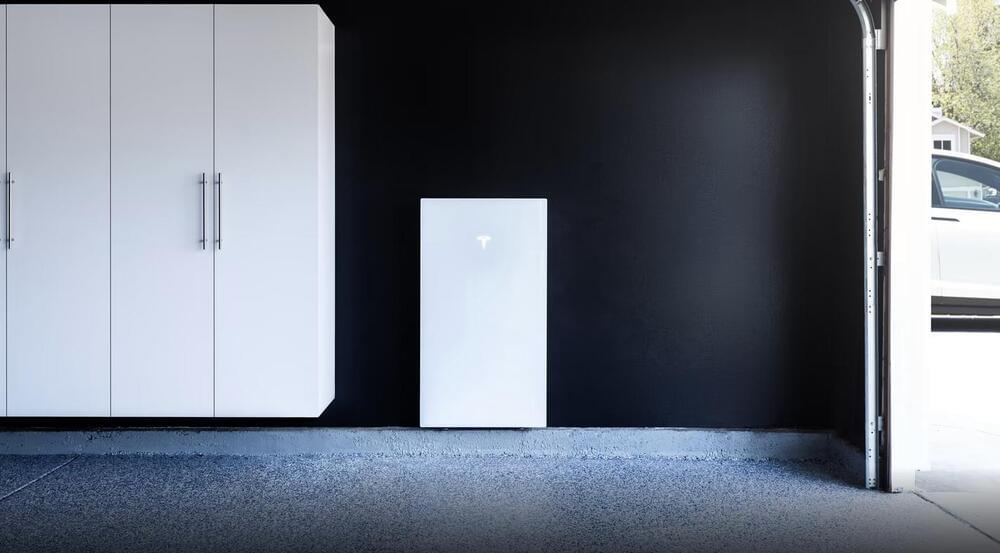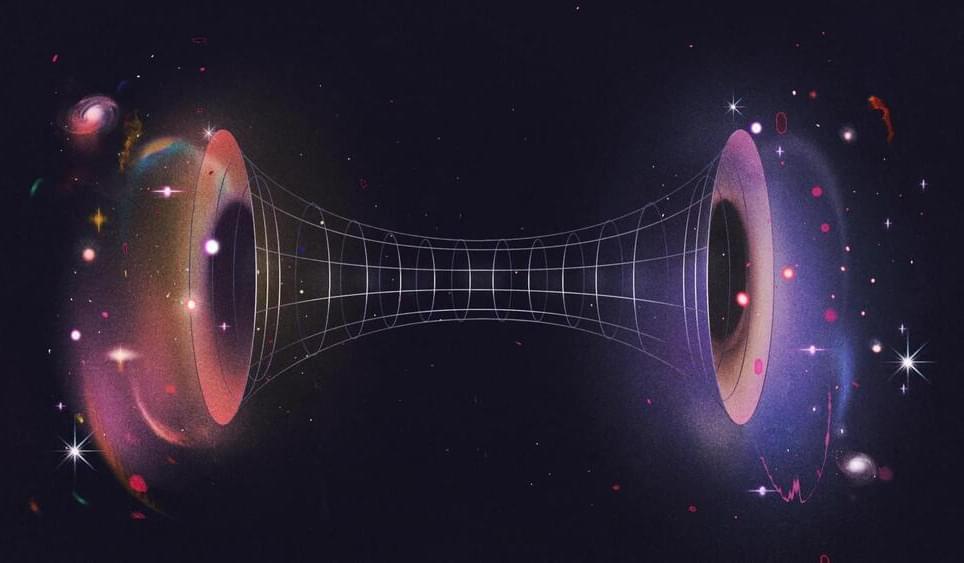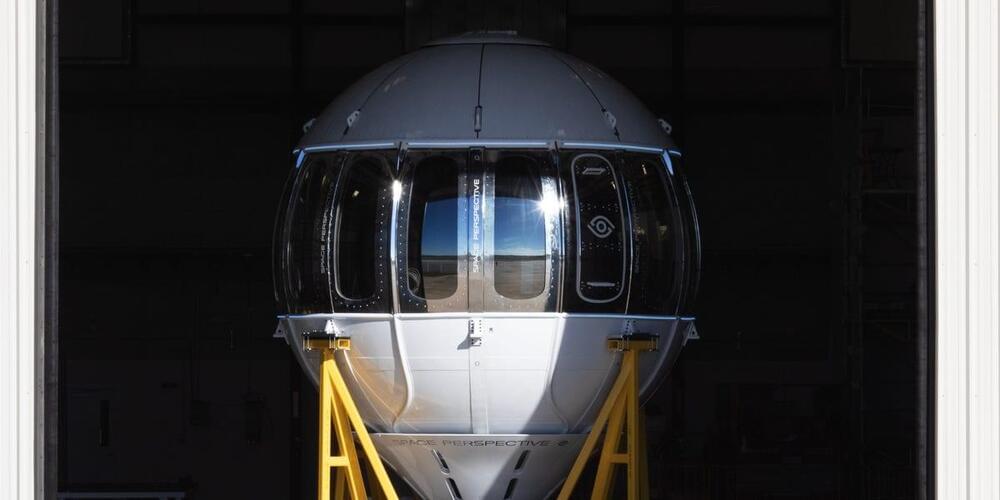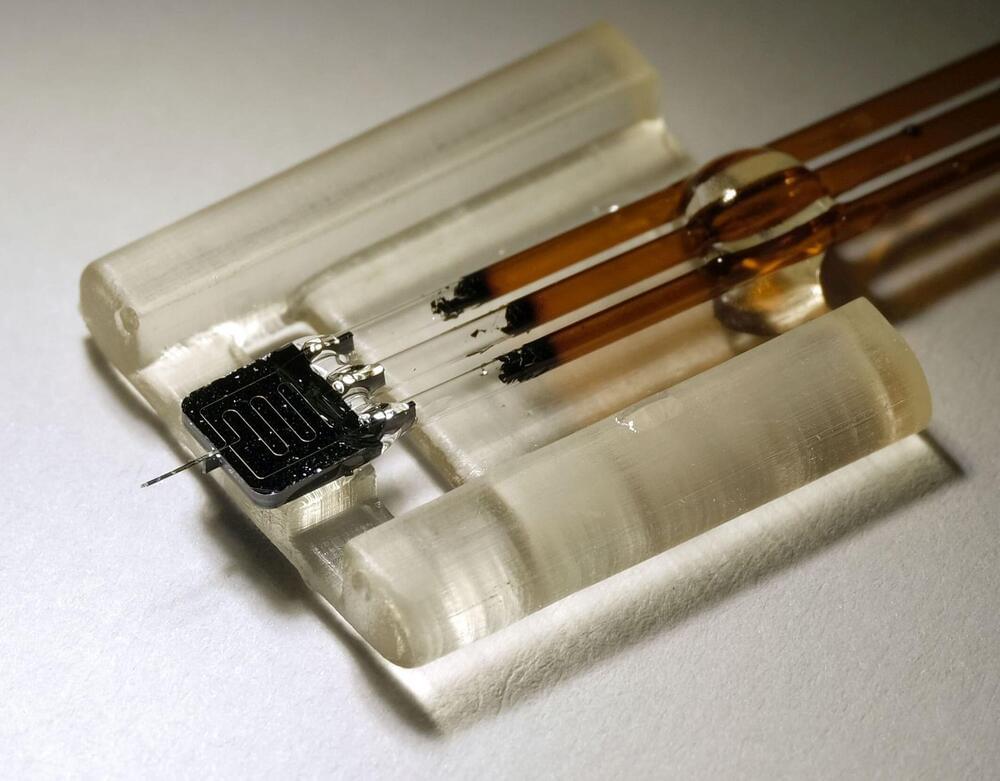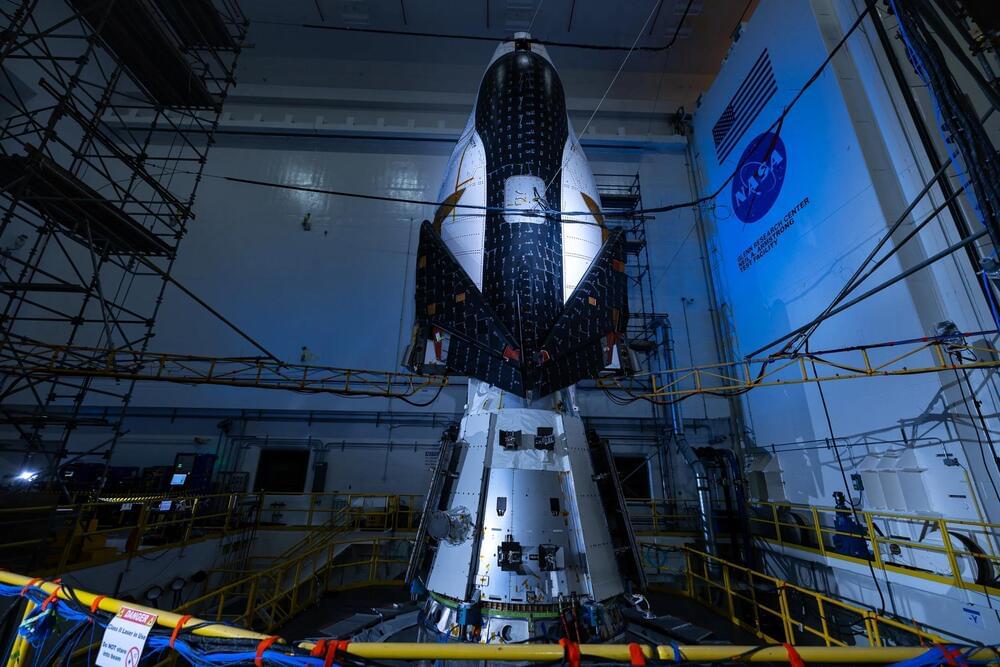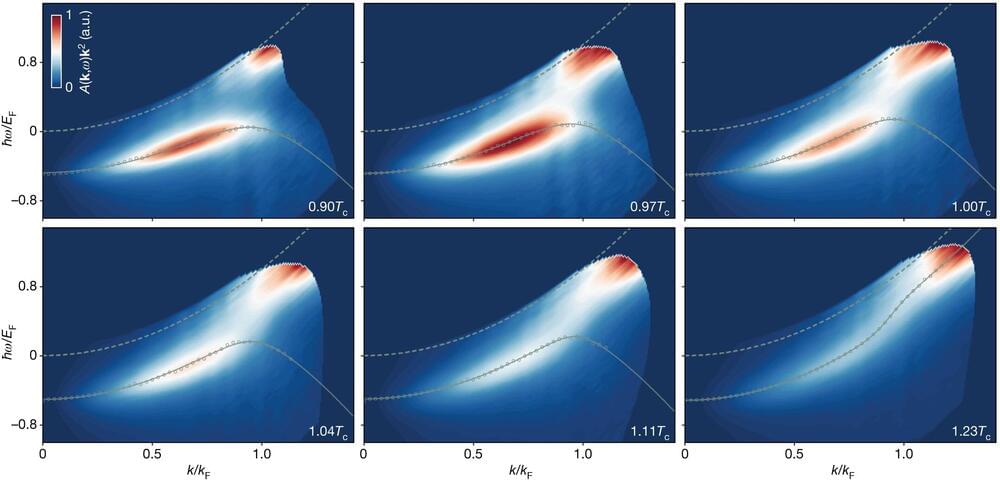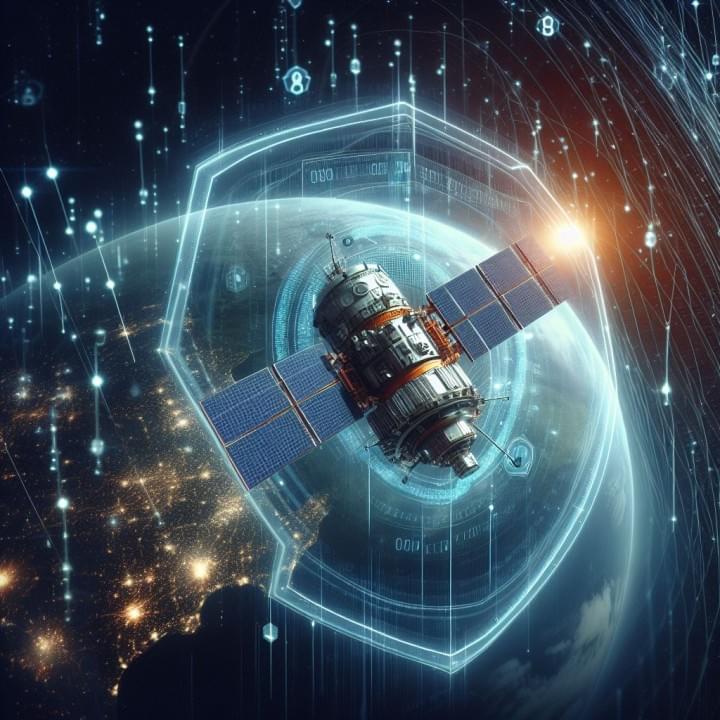Don’t learn to code advises Jensen Huang of Nvidia. Thanks to AI everybody will soon become a capable programmer simply using human language.
Tesla has reached a new milestone with the installation of its Powerwall energy storage systems around the world, just as the company starts rolling out its next-generation version of the system in the U.S.
Jensen Huang’s company has added nearly Tesla’s entire market capitalization in the past two months alone.
The first Stellantis brand EV destined for the US rolled off the assembly line this week. The all-electric Fiat 500e will arrive in the US by the end of March after selling out of its first dealer allocation in less than a week.
“We’re thrilled that the Fiat 500e has officially begun its journey to reach customers in North America,” Fiat CEO and CMO at Stellantis said Wednesday.
The Fiat 500e is already the best-selling electric city car in Europe, ranking first in Germany, Italy, Spain, Belgium, and France. Since launching, the 500e has sold over 185,000 units globally. Now, the small electric car is about to take on North America.
In an experiment reported in the journal Nature, physicists have achieved a remarkable feat by creating the world’s first quantum holographic wormhole. The experiment delves into the profound connection between quantum information and space-time, challenging traditional theories and shedding light on the complex relationship between quantum mechanics and general relativity.
The team, led by Maria Spiropulu from the California Institute of Technology, utilized Google’s quantum computer, Sycamore, to implement the groundbreaking “wormhole teleportation protocol.” This quantum gravity experiment on a chip surpassed competitors using IBM and Quantinuum’s quantum computers, marking a significant leap in the exploration of quantum phenomena.
The holographic wormhole emerged as a hologram from manipulated quantum bits, or “qubits,” stored in minute superconducting circuits. This achievement brings us closer to realizing a tunnel, theorized by Albert Einstein and Nathan Rosen in 1935, that traverses an extra dimension of space. The team successfully transmitted information through this quantum tunnel, further validating the experiment’s success.
The latest offering in space tourism promises to be a lot less bumpy.
Space Perspective, a Florida-based startup, recently unveiled a test capsule for its new Neptune spacecraft. Neptune is expected to start carrying passengers into the stratosphere — using a massive balloon, instead of rockets — as early as next year.
The company touts the pressurized Neptune capsule as “the largest human spacecraft in operation” aside from space stations like the ISS. It also says Neptune is the third commercial suborbital spacecraft to ever be built, after Virgin Galactic’s SpaceShipTwo space plane and Blue Origin’s New Shepard crew capsule.
Longstanding challenges in biomedical research such as monitoring brain chemistry and tracking the spread of drugs through the body require much smaller and more precise sensors. A new nanoscale sensor that can monitor areas 1,000 times smaller than current technology and can track subtle changes in the chemical content of biological tissue with sub-second resolution, greatly outperforming standard technologies.
The device, developed by researchers at the University of Illinois Urbana-Champaign, is silicon-based and takes advantage of techniques developed for microelectronics manufacturing. The small device size enables it to collect chemical content with close to 100% efficiency from highly localized regions of tissue in a fraction of a second. The capabilities of this new nanodialysis device are reported in the journal ACS Nano.
“With our nanodialysis device, we take an established technique and push it into a new extreme, making biomedical research problems that were impossible before quite feasible now,” said Yurii Vlasov, a U. of I. electrical & computer engineering professor and a co-lead of the study. “Moreover, since our devices are made on silicon using microelectronics fabrication techniques, they can be manufactured and deployed on large scales.”
The Dream Chaser spaceplane, developed by Sierra Space and undergoing testing at NASA ’s Armstrong Test Facility, is set for its first demonstration flight to the ISS. This marks a significant step in the commercial resupply program and underscores the ongoing space industrial revolution, aimed at enhancing human life on Earth.
Nose-up and bathed in soft blue lights, Sierra Space’s Dream Chaser spaceplane and its Shooting Star cargo module cast dramatic shadows onto the walls of NASA’s Neil Armstrong Test Facility in Sandusky, Ohio, as members of the media got their first glimpse of the towering 55-foot-tall stack on February 1.
The spaceplane and its cargo module are undergoing testing at the facility to prepare for the extreme environment of space.
An international team of scientists has made a new discovery that may help to unlock the microscopic mystery of high-temperature superconductivity and address the world’s energy problems.
Welcome to the latest edition of my Security & Tech Insights Newsletter.
This issue focuses on the Thanks for reading and sharing! Cybersecurity of Space Systems.
Welcome to another edition of the Security & Tech Insights newsletter. A growing focus has been on the high frontier of space for exploration.

